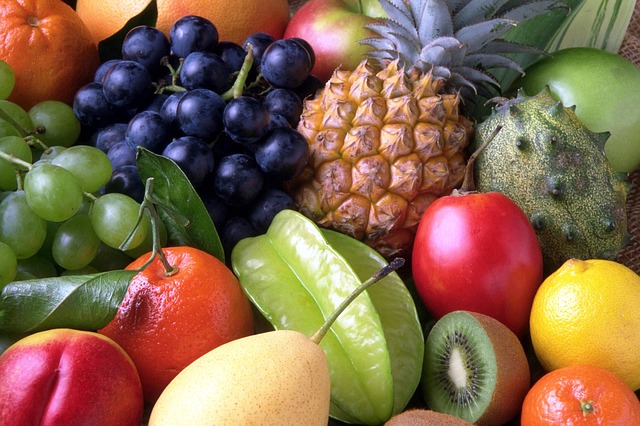Sources of Exposure: Food

Our diet is a common source of exposure for many toxins. Studies have shown high levels of mercury in fish, pesticide residues on fruits and vegetables, polychlorinated biphenyls (PCBs) in fish, butter, and meats, and arsenic in chicken. Our food has been so contaminated that even the Environmental Protection Agency (EPA) recommends no more than ONE meal of farmed salmon per month, based on cancer risk.
How did our food supply become so contaminated? Since the 1940s, we have dramatically increased our use of pesticides. However, it has not effectively reduced our crop loss by an equitable amount. The focus on producing high yield of crops required the use of nitrogen fertilizers which also stimulated the growth of weeds which in turn required the use of herbicides. Pesticides were also introduced around this time to limit crop loss. Pesticide resistant pests and herbicide resistant weeds are now the norm.
These pesticides will remain as a residue on most produce that is not organically grown. Europe has much more strict pesticide residue level allowances when compared to North America. They have more strict regulations because European regulators acknowledge the potential health risks these residues pose.
The main source of mercury release into our environment is through stationary combustion (coal-fired power plants), and improper disposal of products containing mercury, such as batteries, auto parts, fluorescent tubes, thermometers, and thermostats.
This mercury contaminates our soil, water, and aquatic life, and ultimately affects us as it moves up the food chain. The largest industrial disaster of mercury dumping occurred in Japan, polluting Minimata Bay from 1932-1968, causing thousands of people to suffer from severe mercury poisoning, and death. Another route of mercury exposure is through dental amalgams in the form of mercury vapour. These were first introduced in France in the early 1800’s, and continues to be used because of its low cost, ease of use, durability, and strength.
Other compounds such as resins (and bisphenyl-A/ BPA-free resins), or ceramic can be good alternatives for amalgam fillings.